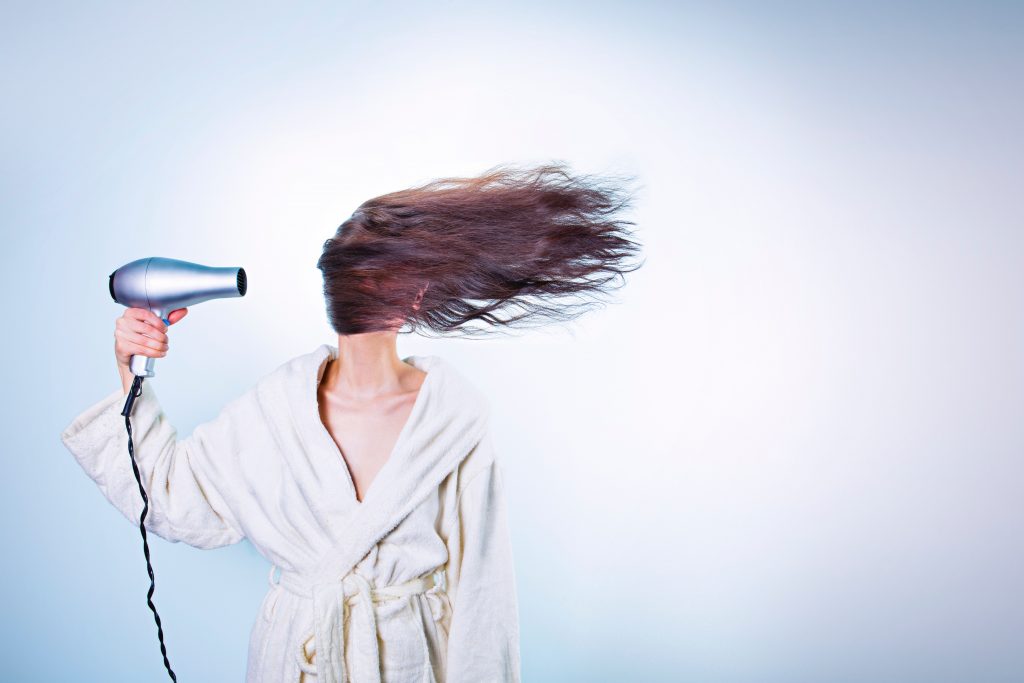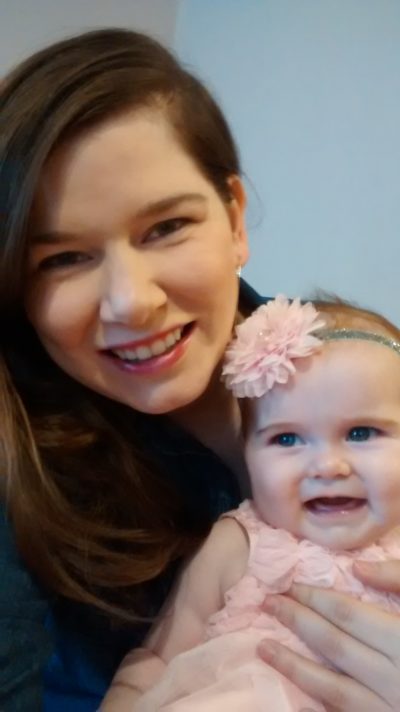Postpartum hair loss occurs between two to four months after giving birth. While postpartum hair loss cannot be prevented, it is temporary and usually resolves itself by six to twelve months postpartum.
In the meantime, here’s my experience with postpartum hair loss and tips to help you regrow your hair!
When I became pregnant, I was so excited for my hair to become thicker. That didn’t happen however, because I was struggling with low iron. After I gave birth, I went through the dreaded hair loss stage, which lasted 2-3 months. My doctor told me that everyone thinks they will go bald, but they don’t. I sighed with relief. Turns out, I did not go bald, but I was left with sections that would show my scalp. On top of not fitting into my clothes, being sleep deprived, leaking milk from my boobs, I was now having hair loss issues.
Fast-forward to many months later, my hair grew back and it’s thicker than ever!
 Check out my tips to regrowing and thickening your hair:
Check out my tips to regrowing and thickening your hair:
- Nutrition. Eating the correct food is one of the most important things you can do for your hair. You have to feed your body the correct nutrients for it to grow healthy hair. You want to make sure you are eating enough protein and eating a variety of fresh fruits, vegetables, and nuts. Your hair is made up of protein, so if you are not eating enough protein your hair will suffer (other parts of your body need protein more than your hair). I have always struggled with eating enough protein, but since focusing on counting my macros, I have seen amazing results. I count eating right as the #1 reason why my hair is at its best now.
- Take vitamins. Okay, let’s be real: you are not going to be able to eat super healthy every day. Take a multivitamin. Also, you can take biotin if your multi-vitamin does not contain it.
- Scalp massage. Sounds weird I know, but it’s amazing. I give myself a scalp massage every time I wash my hair (every 3-4 days). Scalp massages stimulate the scalp. Read more here.
- Oil treatments. Add an oil treatment to your hair routine 1-2 times a week. Add 1 tbsp. of oil (e.g. coconut oil, almond oil) to your hair, leave overnight, and shampoo in the morning. I also use a leave-in conditioner on the other days.
- Skip a hair wash. If you told me a few years ago that I would not wash my hair every night, I would have thought “NASTY” because my hair would be so oily by the end of the day. I have researched so much about the benefits. It took my hair a few weeks to adjust, but now I dread when I need to wash my hair. Life is so much simpler when dry shampoo is involved. When you do wash your hair, make sure you are washing it correctly. Watch this to learn more.
- Brush your hair correctly. This has been game changing. I can’t tell you how much hair I have lost to a brush battle because I’m yanking at my hair desperately trying to rid tangles or knots. Basically, start at the ends of your hair with sections and continue to work your way up. Knots and tangles come out easily! Read more here.

Surviving the hair loss days:
- Try parting your hair a different way.
- Invest in a colored dry shampoo to match your hair color like Batiste dry shampoo. Or try a volume and fullness dry shampoo like Dove dry shampoo ($3.99 per bottle).
- Fill in your scalp with make-up. Learn more here.
- Wear hair accessories like thick headbands, hats, or a scarf.
Underlying conditions
If your hair loss is continuous, lost in excessive amounts, or persists by the time your baby is 12 months, please go talk to your doctor. There are underlying health conditions that contribute to thinning hair such as thyroid disease, hormone imbalance, low iron, side effects of medication, nutritional deficiency, etc.


















